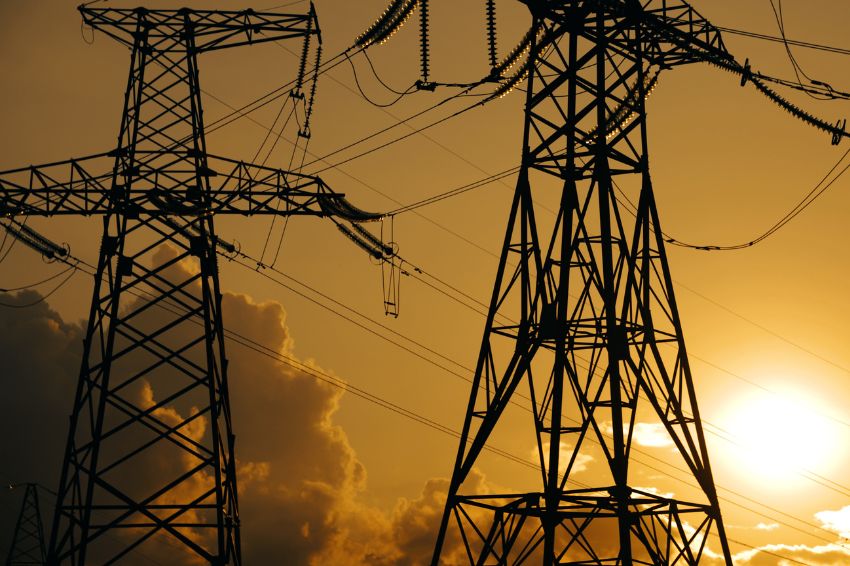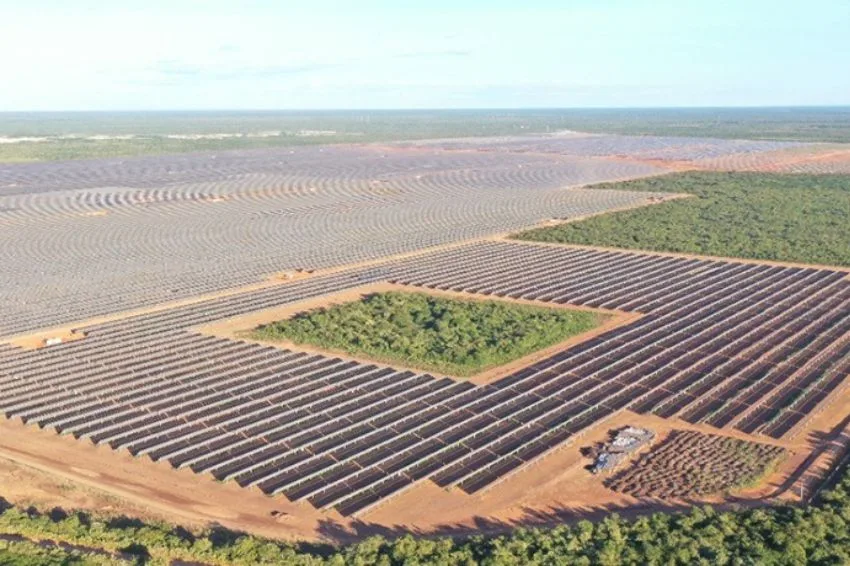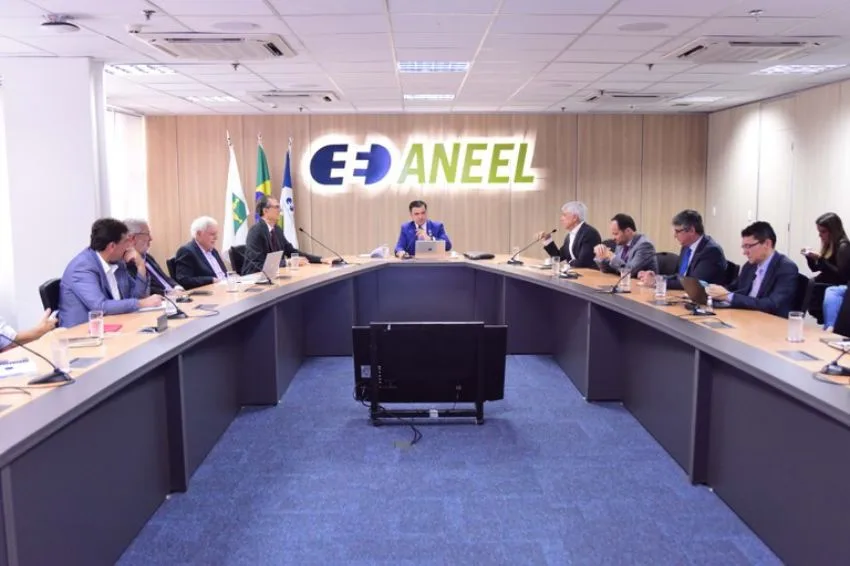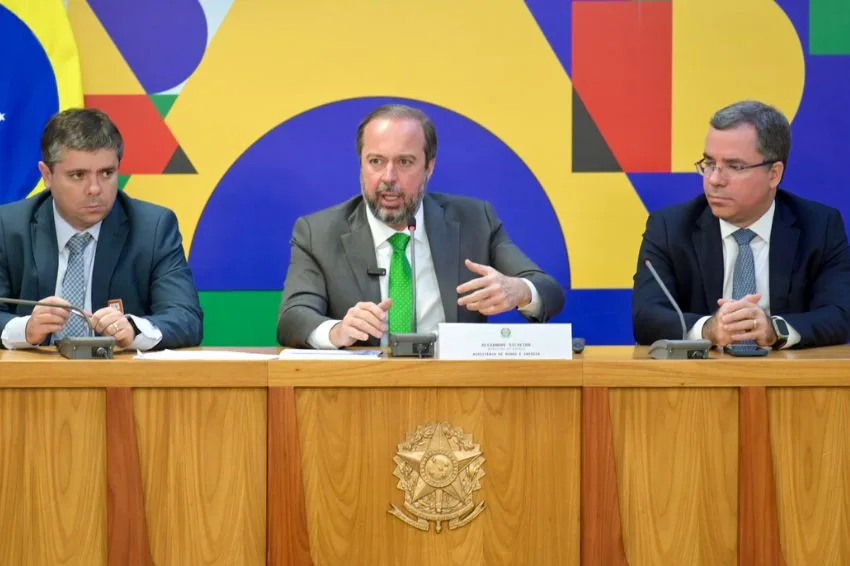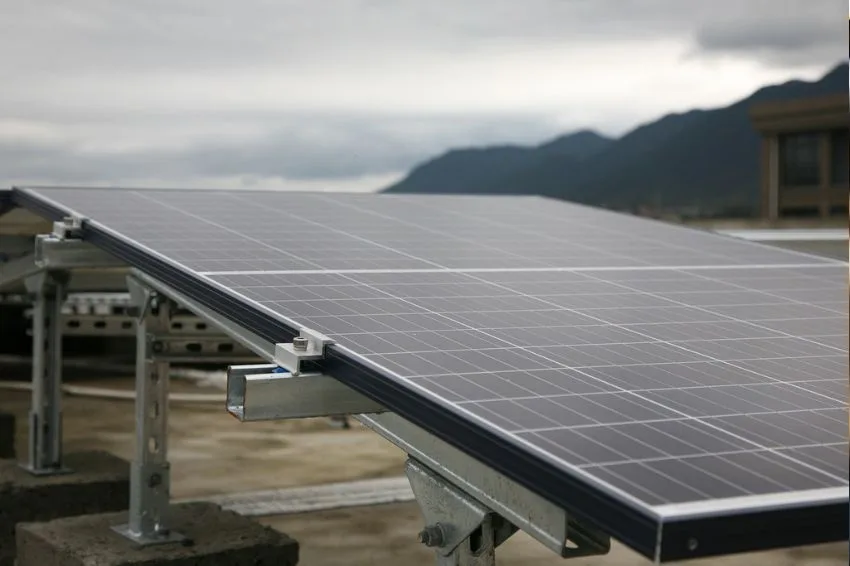O ONS (National Electrical System Operator) concluded the Medium-Term Electrical Operation Plan for the National Interconnected System – PAR/PEL 2022 for the horizon from 2023 to 2027.
For the analyzed cycle, R$ 60.7 billion in investments are estimated, a growth of 154% compared to forecast in the previous period (R$ 23.9 billion, between 2022/2026).
Of this amount, R$ 55.7 billion refers to new works, specifically indicated for the 2023/2027 cycle. In the analysis by state, it is observed that five of them concentrate around 80% of future contributions: Bahia (R$ 13.6 billion), Minas Gerais (R$ 13.1 billion), Maranhão (R$ 10.3 billion), Goiás (R$ 8.5 billion) and Piauí (R$ 4 billion).
The PAR/PEL aims to evaluate the performance of the SIN over a five-year horizon, so that future operations are carried out with adequate security levels and within the reliability criteria established in the Network Procedures.
According to the ONS, the set of works indicated in this edition includes the construction of around 16 thousand km of new transmission lines and 34 thousand MVA of increased transformation capacity in new and existing substations.
These projects represent an increase of around 10% in the extension of transmission lines and 9% in the nominal power installed in transformers of the Basic Network and the Basic Border Network, in relation to the existing network.
“A significant part of the need for input into the transmission network arises from the expansion of wind and solar photovoltaic generation in the Northeast region and in Minas Gerais, which requires the adaptation of infrastructure to enable the flow of energy surpluses to the other subsystems of the National Interconnected System (SIN)”, emphasized the ONS.
Other highlights
In addition to the evolution of interconnections between subsystems, PAR/PEL 2022 presents, by SIN geoelectric region, the main highlights related to load service conditions or generation flow restrictions.
Another aspect addressed was the ability to perform voltage control in the SIN, taking into account different operating conditions, resulting from load variability and the expansion of non-dispatchable sources.
As a result of the voltage control study, new equipment was recommended, representing a total amount of around 5,700 additional Mvar, necessary to minimize the opening of transmission lines and provide greater flexibility for the system's operation.
Energy transition
It was also the object of ONS attention in this PAR/PEL 2022 that energy transition currently observed, which is based on the evolution of generation and storage technology, providing decreasing production costs, and increasingly stronger requirements to promote the sustainable development of the world economy. “However, this transition will induce a series of important transformations in the operation of electrical energy systems.”
“In this context, the reduction of equivalent inertia and short-circuit levels of systems, the increase in variability, uncertainties and decentralization of generation, caused by the entry into operation of variable renewable sources and Distributed Energy Resources replacing conventional synchronous machines , will progressively change the way modern electrical energy systems operate and plan”, concluded the Operator.


